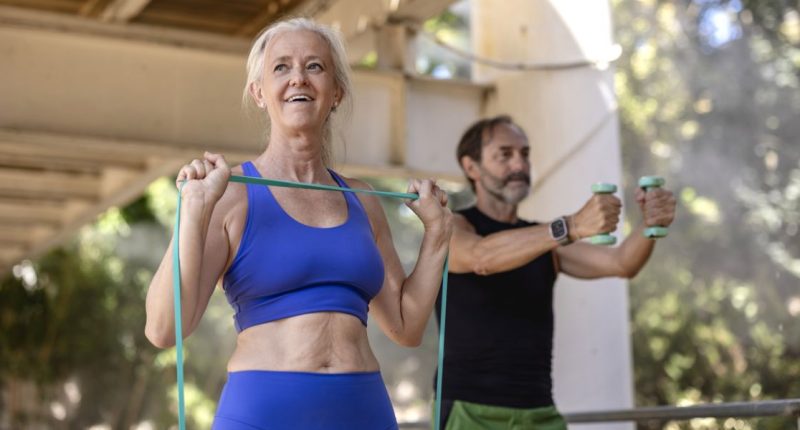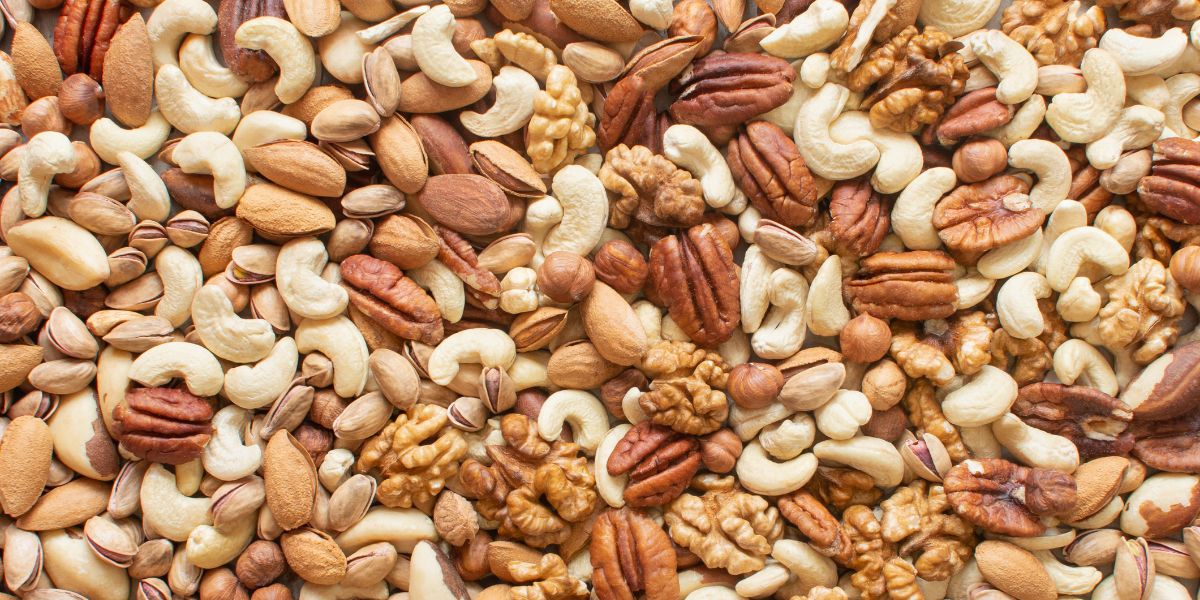New research has highlighted key metabolic differences between male and female muscles that could shed light on why type 2 diabetes affects men and women differently.
Conducted by University Hospital Tübingen, Helmholtz Munich’s Institute for Diabetes Research and Metabolic Diseases, and the German Centre for Diabetes Research (DZD) e.V., the study provides the first detailed molecular analysis of how muscles process glucose and fat in each sex.
Skeletal muscles do far more than enable movement, they are central to regulating blood sugar levels.
- Male Menopause: Everything you need to know
- Menopause and diabetes
- High carb intake could lead to earlier menopause
Around 85% of glucose uptake in response to insulin occurs in muscle tissue.
When muscle cells become resistant to insulin, as seen in type 2 diabetes, they absorb less glucose, causing blood sugar levels to rise.
Physical activity is one of the most effective ways to counteract this problem by improving insulin sensitivity.
Despite this, sex-specific differences in muscle metabolism have often been underestimated. To explore this, researchers led by Simon Dreher and Cora Weigert studied muscle tissue from 25 young, overweight but otherwise healthy adults – 16 women and 9 men – none of whom exercised regularly.
Participants completed an eight-week endurance training programme, with three one-hour sessions per week.
Each session combined 30 minutes of cycling with 30 minutes of walking on a treadmill. Muscle samples were collected before the training started, after the first session, and at the end of the eight weeks.
Using advanced molecular techniques, the team examined differences in gene expression, protein levels, and cellular activity.
Results showed that men’s muscles responded to the first exercise session with a stronger molecular stress response.
This included higher activation of stress-related genes and increased levels of myoglobin, a muscle protein, in the blood.
Men’s muscle fibres also showed a higher proportion of fast-twitch fibres, which favour short bursts of intense activity and rely more on glucose for energy.
In contrast, women’s muscles contained more proteins involved in the uptake and storage of fatty acids, suggesting that female muscles are better adapted to use fat as an energy source.
After eight weeks of consistent endurance training, these differences became less pronounced.
Both sexes showed an increase in proteins that enhance the use of glucose and fat within the mitochondria, the energy centres of the cells. Muscle fibre differences also narrowed.
- Intermittent fasting and HIIT workouts improve metabolism in postmenopausal women
- Research highlights intermittent fasting as an effective diet for weight loss
- Low carb intake associated with metabolic benefits of short-term fasting
The study offers new insight into how biological sex influences muscle metabolism and responses to exercise – factors that could help explain why men and women face different risks and outcomes when it comes to diabetes.
It also highlights the importance of tailoring exercise programmes to individual metabolic needs.
Cora Weigert said: “These adjustments indicate an overall improvement in metabolic performance, which can help to reduce the risk of type 2 diabetes.
“In future, our new findings might help to better predict individual diabetes risks and tailor recommendations for exercise therapies more specifically to women and men.”
The findings were published in Molecular Metabolism.




